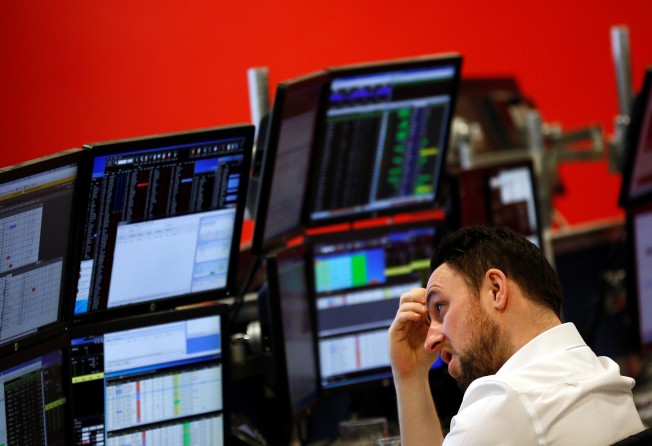Will Europe’s regulatory push for transparency accelerate the extinction of research analysts?
Sell side analysts have been a dying species for decades. As a trader said, “You don’t need them in a bull market and you can’t afford them in a bear market.”

In Oliver Stone’s Wall Street, Charlie Sheen’s character asks Gordon Gekko over a lavish lunch at “21” about his investment strategy. Gekko, deliciously played by Michael Douglas, adroitly answers, “You do good, you get perks, all kinds of perks.”
For decades, regulators have been trying to gain control over the transparency and nature of research and entertainment expenses being buried in transaction costs. This month’s roll-out of the Markets in Financial Instruments Directive (MIFID II) is already proving to be expensive and riddled with delays. Many institutions need more time to catch up. It is proving to be a bureaucratic dinosaur, especially in the face of how technology is changing the economics and nature of financial information.
MIFID II was supposed to make European, and ultimately global markets safer, more transparent and more efficient. Covering all participants from exchanges, brokers, asset managers and retail investors, it is supposed to offer more pricing transparency by segregating payments for analyst research and trading commissions.
Unfortunately, it is another spawn of the European Union’s big bureaucracy. MIFID II sprawls over 1.7 million paragraphs. It is run by the office of the European Securities and Markets Authority, which has ballooned from 30 to 270 staff members since 2011.
Industry critics have long complained that it is too complicated and interferes with price transparency. Moreover, the vast changes required for internal compliance and accounting regimes to unbundle the accounting of fees is costly.
Investors will be increasingly unable to access high quality research. Too much regulation means that research compliance costs become too expensive. Fund managers respond by taking less risk, seeking different choices, all resulting in lower returns.
Analyst reports and ratings do not produce the most value for banks. After all, there is little value added in another “buy” rating for Apple, Facebook and Google.
Rather, initial public offerings or capital raising exercises are where analysts work on the other side of the “Chinese Wall” dividing research and investment banking. They are supposed to perform independent due diligence, develop valuations and speak with potential investors. Raising capital is a high margin activity so banks will pay for a roster of analysts especially to explain the complex operating environment for Chinese companies.
The problem is that there is only one recommendation you would expect an analyst to say about his bank’s IPO. It takes a brave analyst who wants to commit suicide on his or her bonus to rate their bank’s IPO a “sell”. Equity capital market bankers aren’t supposed to talk to or influence their research analysts, but they are known to meet for coffee occasionally outside the office. It is all too easy for investors to condescend upon research as expensive public relations material.
There are too many analysts providing asset managers with research and decision making services. The combination of technology delivery and boutiques have been driving a consolidation for years.
Yet MIFID II, by unbundling research costs, actually discourages paying for research. The onslaught of technological innovation creates its own paradox where there is almost a surplus of information, analytics, coverage and research all mixed together on the internet.
Both the sell side analysts as well as active asset managers add value to the investment process because of their traditional information advantage. Both of them have close relationships to the companies and sectors they cover that, until recently, meant their analysis yielded them a sustainable investment advantage.
However, cheaper and democratised computing power and analytics have transformed information and knowledge. Many investment websites and blogs provide useful insights and data relative to the high cost of a Bloomberg terminal.
Institutional quantitative and passive strategies now comprise 60 per cent of trading volume in the United States, double the level a decade ago, according to JPMorgan Chase & Co. Trading algorithms increasingly talk to each other, eliminating more sales and research people and their PowerPoint presentations.
The processing and distribution power of technology has digitised and commoditised financial analysis. And like all information on the internet, it has become a public good.
Like all public goods they will tend to be under supplied (free) in an open and competitive economic market. In a truly competitive market delivered by the internet where all information is present in market prices at all times, the private return on paying for analysis will be zero.
But, the amount of information generated in the market will then also tend towards zero because there is no incentive to provide more or better information- the market will become inefficient. In a bizarre economic twist, the old system of hidden and bundled subsidies might be more economically efficient than the new one where information is provided only if users pay for it directly.
Sell side analysts have been a dying species for decades. As one trader said, “You don’t need them in a bull market and you can’t afford them in a bear market.” Technology is only speeding their extinction.
Peter Guy is a financial writer and former international banker.